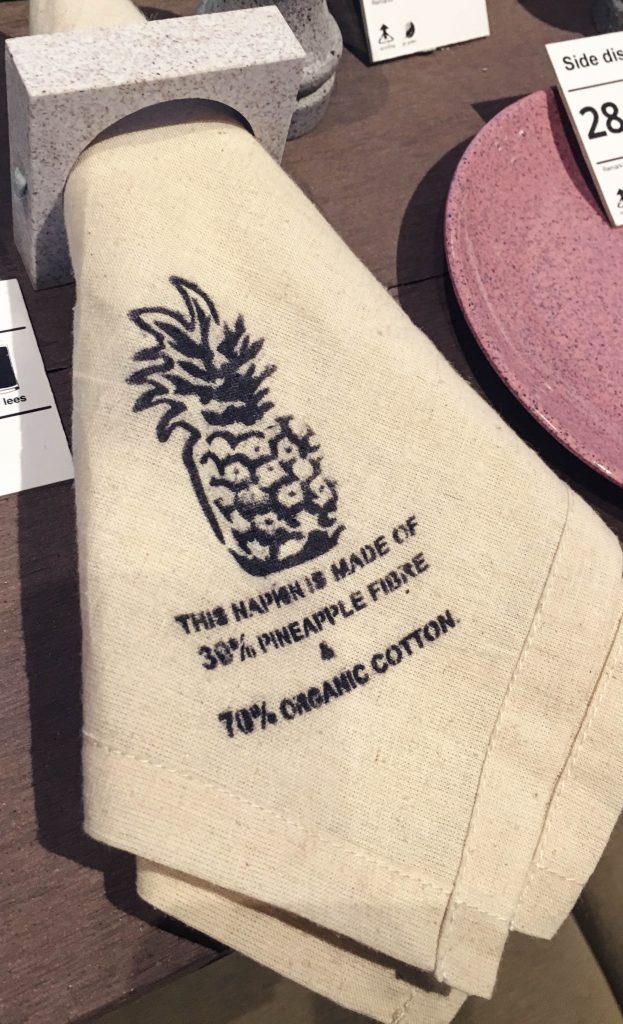Slow Fashion for Dummies
Taking on a whole new attitude towards consumerism and buying can seem like a massive step. The important thing to remember though, is that small changes result in you someday achieving that goal on buying less and buying better, and making mistakes along the way is a part of the process. Here is our guide to buying slow fashion for beginners.
Where to buy?
An easy rule of thumb is to not shop on the high street; this means stores in shopping malls or along the biggest shopping streets in your city. Of course this has its problems as there might slow fashion in some stores, but big, multinational brands will not sell slow fashion. These big brands focus on mass producing garments, using synthetic materials, bleaching and using toxic chemicals to dye the garments. What you want to focus on is the multi label boutiques that sell a variety of smaller designer brands, as well as pop ups and smaller stores in general. These tend to have more ethical production practices, but to know for certain, you should always ask. Buying online is always an easier option, as you can do more research about brands this way, as well as shop at ethical fashion marketplaces.
How to buy?
Ask questions! This cannot be emphasised enough; be brave, go up to a sales advisor or the cashier and ask where the clothes are made. Their job is to advise you so that you can make the best, most informed decision for yourself. Ask about the material, ask about who made the clothes and what their sustainability practices are. If they are unsure, ask them to find out but most likely they do not know because they outsource the production meaning the brand is unlikely to know who makes the clothes. At this point, just walk out of the shop and keep looking.
What to look out for?
Always check the about page when shopping online; if there is no information on where the garment is made, how it’s made or what the fabric is then there is something the brand doesn’t want to reveal. There may be bold statements such as ‘we value ethical practices and sustainability is important to us’, but this still doesn’t mean that they are acting according to these values. In garment labels, check where it made, and what the material is. Ideally you would want a material that is 100% natural; 100% cashmere, linen, wool or cotton for instance. It could also be a mix of any of those. Also check wash instructions, as these will help you take better care of your garments and make them last longer.
if there is no information on where the garment is made, there is something the brand doesn’t want to reveal
What materials are good?
We wrote a whole other article about what textiles are sustainable which you can read here. To summarise, we recommend natural materials first and foremost, followed by regenerated fibres which include tencel for example, and lastly recycled materials. Best to look out for materials that are either 100% of something, or a mix of two biodegradable fabrics. Mixed fabrics such as 90% cotton and 10% elastane are recycling effort’s worst enemy, because the fibres can’t be separated anymore at that stage. If you read all of this and you’re still confused by what slow fashion even is, read our article clarifying that here.




